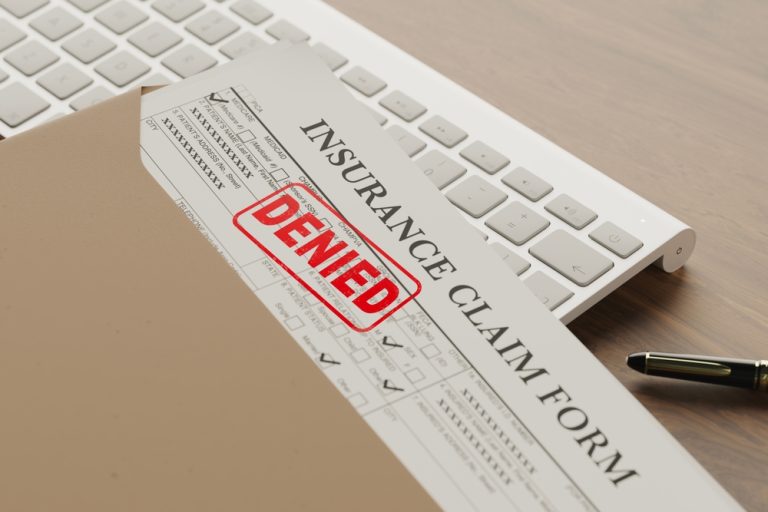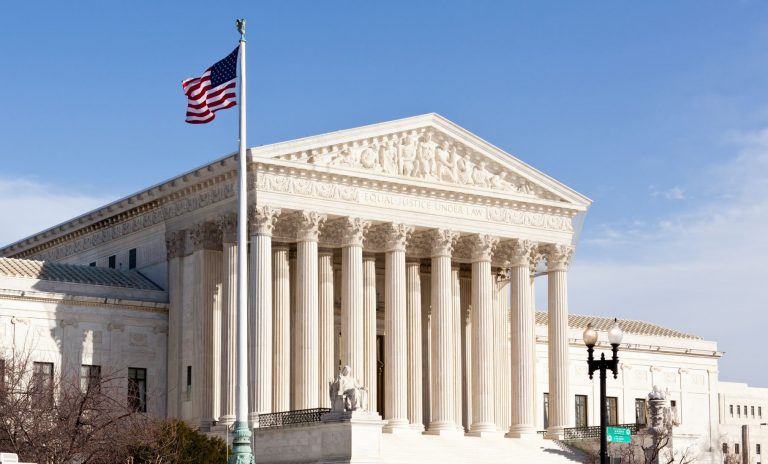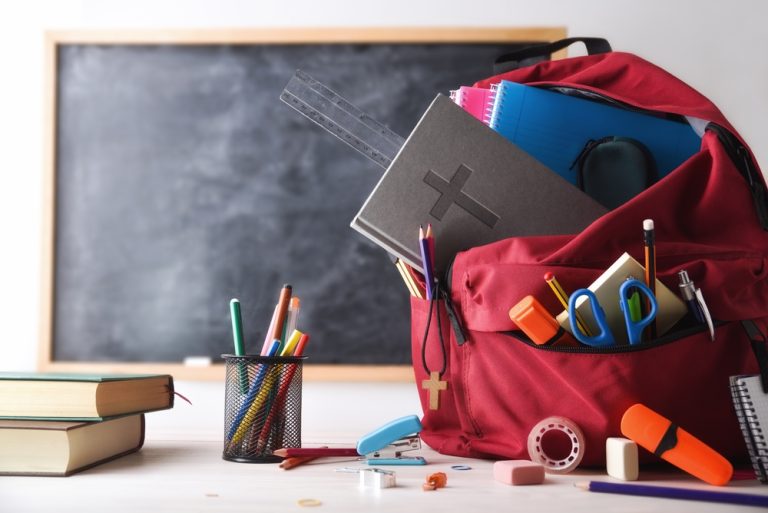Student-Athlete’s Signed Release Insulates School Boards From Personal Injury Claims
Student-Athlete’s Signed Release Insulates School Boards From Personal Injury Claims
In January of 2021, the Fourth District joined the Third District and ruled that a pre-injury release executed by a student-athlete and their parent is enforceable in a tort action arising from injuries resulting from participation in school athletics. As such, Florida school boards may be insulated from liability for any injury or claim resulting from a student’s athletic participation provided that the student and their parent executed a release beforehand and the release clearly and unambiguously indicated the intent to release the school board from liability for such claims.
Third District: Krathen v. School Board of Monroe County, (Fla. 3d DCA 2007)
In Krathen, a high school cheerleader sustained injuries during a practice at her school’s gymnasium. The cheerleader alleged the school board was negligent in (1) failing to place protective mats on the floor during practice; (2) failing to conduct the practice without adequate preparation; (3) using inexperienced or untrained personnel to supervise the practice; (4) failing to adequately supervise the practice; and (5) being generally careless and negligent. Prior to the incident, the cheerleader signed a “Consent and Release from Liability Certificate,” releasing the school board from liability for “any injury or claim resulting from…athletic participation.” The Third District determined the language in the release “clearly and unambiguously” released the school board from liability for such negligence claims.
Fourth District: Elalouf v. School Board of Broward County, (Fla. 4th DCA 2021)
Recently, like Krathen, the Fourth District determined that a high school athlete’s signed pre-game release barred his claim of negligence against the school board. In Elalouf, a high school soccer player sustained injuries during a soccer game when he was hit by another player while attempting a shot on goal. The force threw the soccer player onto an unpadded cement barrier near the soccer field. The soccer player sued the school board for negligence, claiming the school board should have covered the cement barrier and should not have had the barrier close to the field.
Prior to playing in the game, the soccer player and his dad voluntarily signed a release, allowing the soccer player to play for his high school soccer team. In the release, there was a section where both the student and his dad agreed to “release and hold harmless the school board of any and all responsibility and liability for any injury or claim resulting from such athletic participation….” The release also included language stating that “there is a chance your child may be seriously injured… by participating in this activity because there are certain dangers inherent in the activity which cannot be avoided or eliminated. By signing this form you are giving up your child’s right and your right to recover from…the school district…in a lawsuit for any personal injury…that results from the risks that are a natural part of the activity….”
The circuit court ruled in favor of the school board and held that released barred the negligence claim. The soccer player appealed. The Fourth District affirmed the circuit court’s ruling and held that the language in the release clearly and unambiguously released the school board from liability for the negligence claim and thus, was enforceable. “Because [the soccer player] suffered injuries resulting from athletic participation, the school board would be held harmless from liability.”
Significance For School Boards
A release could insulate school boards from liability for personal injury claims arising from athletic participation. The wording of the release must unequivocally demonstrate a clear and understandable intention from the school board to be relieved from liability. If such a release is properly executed before a student’s athletic participation, then personal injury lawsuits arising from injuries resulting from athletic participation in school sports against school boards could be barred.
What Do School Boards Need To Do Now?
To avoid opening the doors to liability for a student’s injuries while participating in school sports, school boards need to (1) prepare and/or review and revise their release and hold harmless agreements for student-athlete participation and (2) ensure they are properly executed.
First, school boards need to review and revise their athletic participation applications, including any release and hold harmless agreements. Employers need to ensure that the release has language that clearly and unambiguously outlines the following ideas:
- Both the student and parent are aware that trying out, playing, practicing, and/or participating in any school sport can be a dangerous activity involving many risks of injury.
- The risks and dangers of participating in any school sport (i.e. death, serious injury, and serious impairment to the student’s future abilities to earn a living, to engage in other business, social and recreational activities, and to generally enjoy life).
- The student and parent assume all risks associated with participating in school-athletics and sports.
- The student and parent agree to hold the school board harmless from any all liability which may arise from the student’s participation in school athletics and sports.
- Execution of the release serves as a release and assumption of risk.
- Participating in school sports/athletics is beneficial for the student.
- A signature line for both the student and parent/legal guardian.
Second, school boards need to implement a plan to ensure that each school’s principal and/or their athletic directors are requiring and verifying that all student-athletes and their parents are properly completing and turning in the release. This means checking to see that both the student and the parent/guardian have properly filled-out and actually signed the release.







